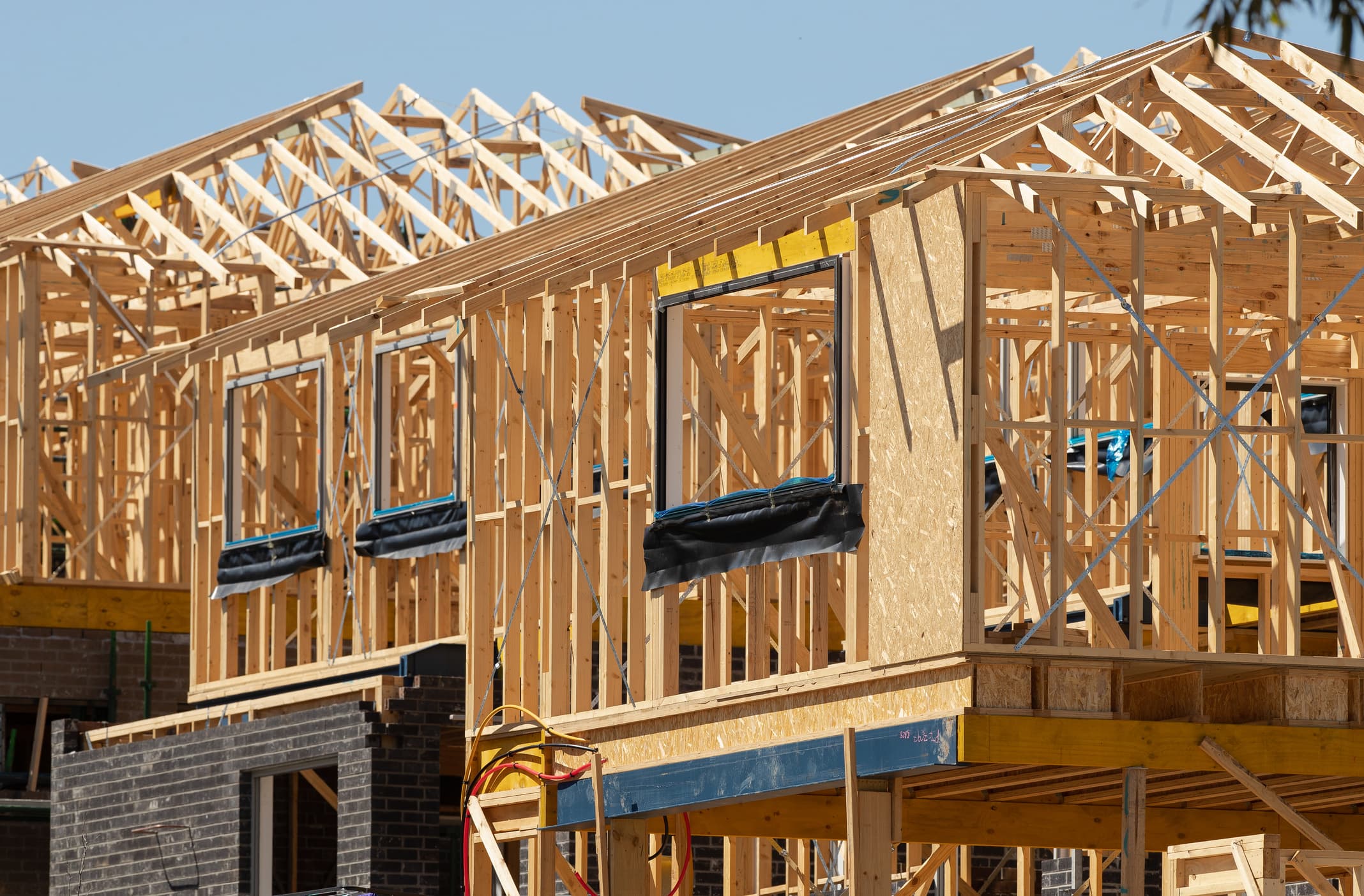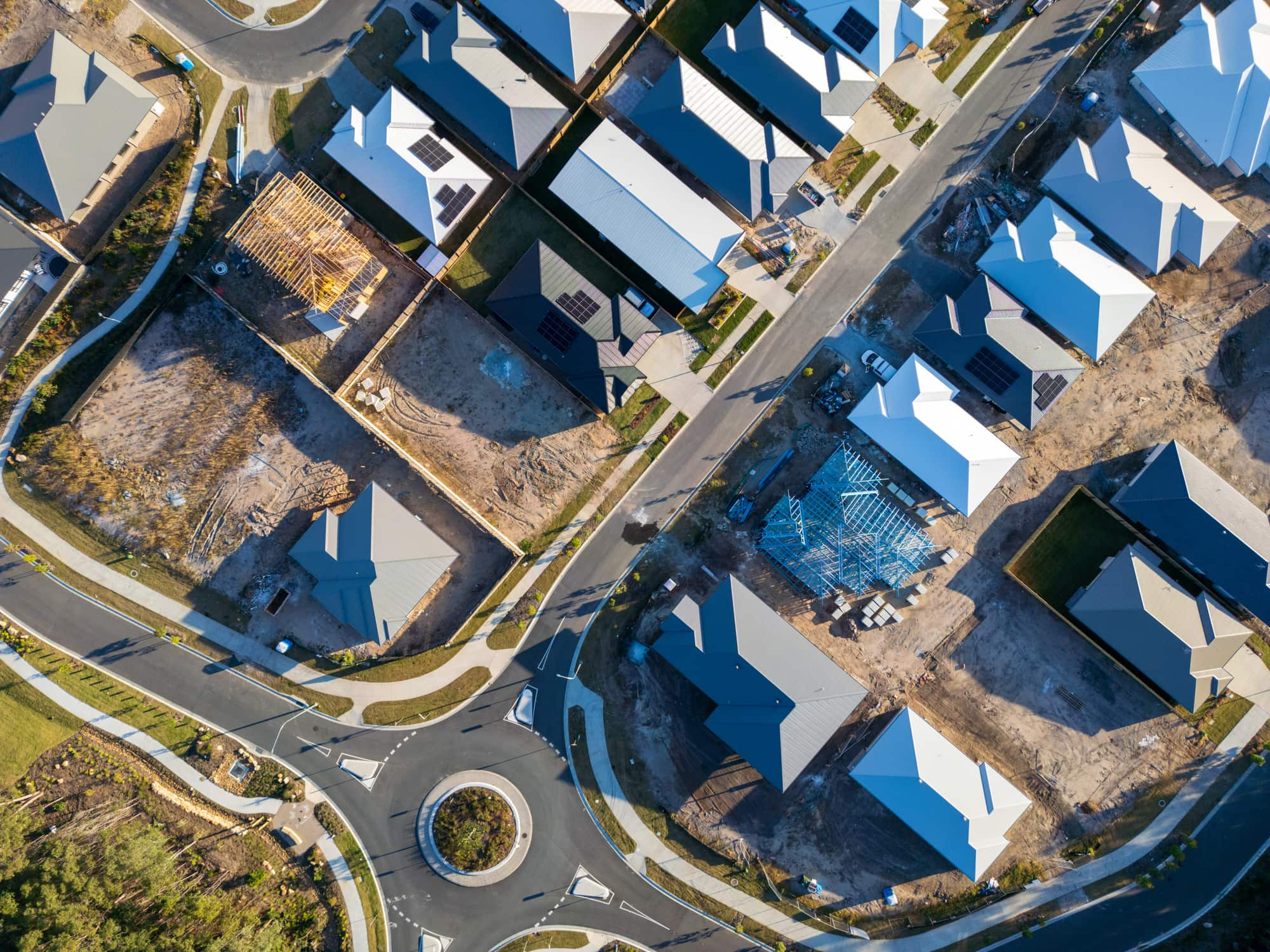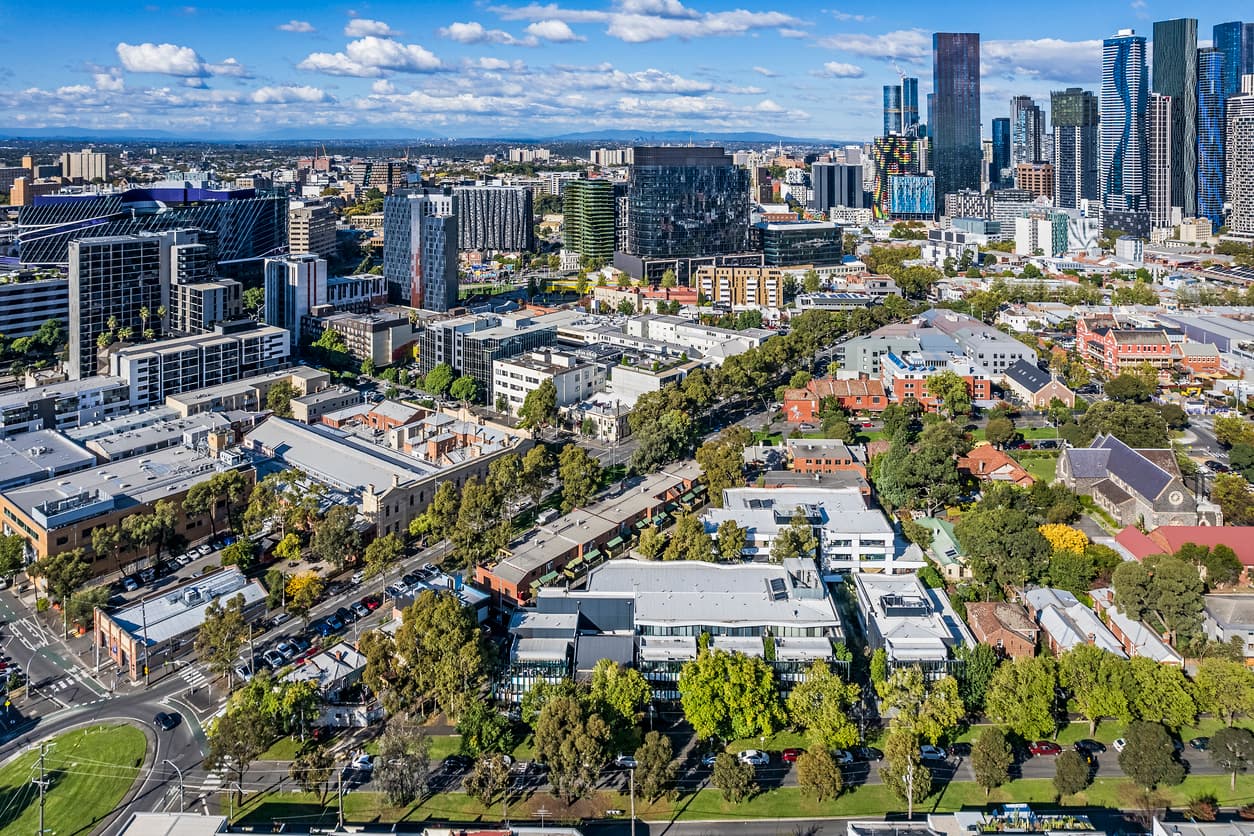The shortfall in social and affordable housing is one of Australia’s most pressing infrastructure challenges and a lived reality for hundreds of thousands of people. For governments and community housing providers, the task is not only to build more homes, but to build them faster, smarter and for the long term.
Even with significant new funding from federal and state programs, supply is not keeping pace with demand. According to the National Housing Supply and Affordability Council, waiting lists already exceed 175,000 households and could swell to 260,000 by 2030 if current trends continue. Bridging this gap requires a step change in how the sector plans, delivers and manages housing: scaling up with the same discipline, rigour and coordination that define major infrastructure programs.
Meeting the challenge demands the ability to accelerate programs, manage costs over the full asset life cycle, and ensure that what is built today remains an enduring community asset for generations.
Gear up your organisation
To deliver at scale, community housing providers must evolve from single project developers into portfolio managers. Many lack the structures, systems and experience to manage multiple concurrent developments, but that capability can be built.
Success begins with a clear-eyed assessment of internal capacity. Engaging with experienced portfolio or program advisors can bring an impartial perspective and help design frameworks and governance models that increase control and confidence. Strong frameworks for performance reporting, risk management, capital planning, forecasting and scheduling are essential.
Clarity depends on accurate, timely data, and the ability to convert it into good decisions. Housing providers should consider whether their information systems are fit for purpose: do they protect data assets, retain institutional knowledge and balance in-house expertise with outsourced support?
Good governance and good information are the foundation for everything that follows.
Get a grip on the brief and costs
A well-defined brief is a powerful tool for controlling risk. It sets out not only what is to be delivered, but why – articulating design intent, performance requirements and opportunities for economies of scale and value for money across construction and long-term operations.
Construction cost escalation, labour and productivity challenges and supply chain volatility continue to challenge the sector. Reliable cost estimation and benchmarking are therefore critical to avoid surprises and maintain momentum. It’s not only about the numbers but understanding the cost drivers behind them and making confident data-backed decisions.
Benchmarking against reputable, current industry data helps ensure each project sits within realistic, comparable parameters, while digital cost modelling allows rapid assessment of alternatives and trade-offs before committing.
Embrace modular construction
Modular and prefabricated construction methods are well-suited to social and affordable housing. While cost savings are yet to be widely realised, modular can dramatically compress construction time and reduce on-site risks and weather exposure, which often drive delays and cost overruns.
The Woree social and affordable housing development in Queensland demonstrates the potential: a high-quality modular project delivered safely and efficiently. But modular is more than simple ‘plug and play’. Preserving factory-driven productivity gains depends on early, informed planning and close integration of design, manufacturing and delivery partners.
Detailed planning of logistics, interfaces and sequencing is critical to ensure modules meet compliance requirements, arrive safely, integrate smoothly and perform as intended. When managed well, modular offers predictability – a precious commodity in a volatile market.
Get the best from BIM
Digital delivery is rapidly becoming non-negotiable. Building Information Modelling (BIM) provides a single, structured source of truth for design, cost and program data, offering millimetre precision for modular elements and clearer coordination across disciplines.
When implemented well, BIM can optimise design and construction, avoid errors and delays, reduce contingencies, improve cost certainty, and streamline long-term asset management. The key is governance: a well-defined data structure, clear responsibilities, and milestone checks that keep the model accurate.
Used strategically, BIM is not just a design tool but a mechanism for consistency, transparency and accountability throughout the project’s life cycle.
Build for generations
Speed must not come at the expense of long-term performance. Social and affordable housing is a generational investment, and decisions made during design and procurement will shape operating costs, maintenance liabilities, carbon performance and occupant wellbeing for decades.
For social and affordable housing to satisfy current and future generations, it will need good design, flexibility, durability, and a long-term perspective. Thin-spec, low-quality construction will only increase lifecycle costs, whereas investment in wet areas, acoustic separation, accessibility, energy efficiency and service access can reduce operational costs and improve occupant satisfaction.
Lifecycle cost plans integrating capital and operational expenditure enable smarter trade-offs, with proper valuation of specification choices that cost slightly more up-front but deliver materially lower operating and maintenance spending later. As the focus on net zero increases, measuring and reducing embodied carbon and boosting sustainability outcomes will become an essential part of the value proposition.
Moving the needle
Australia is well positioned to scale social and affordable housing. Targeted government funding is flowing, modular fabrication capacity is growing, and digital delivery tools are maturing.
By combining this capital and technology with tenant-centred design, disciplined cost planning, and a long-term, whole-of-life perspective, Australia can deliver more homes, better social outcomes and enduring value for generations to come.






